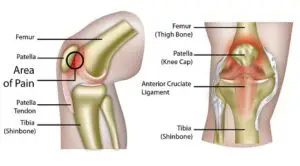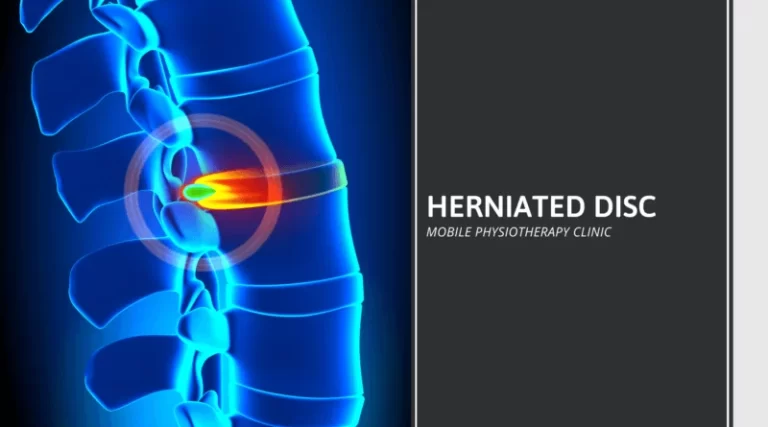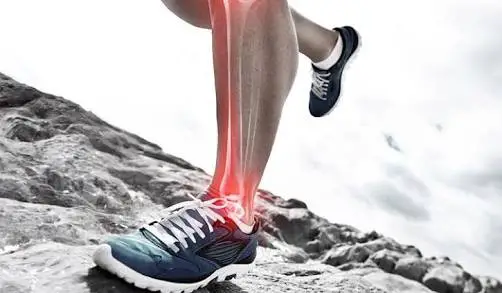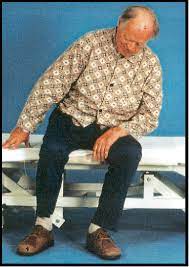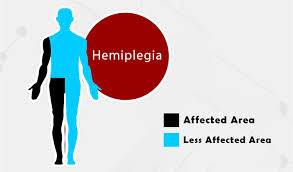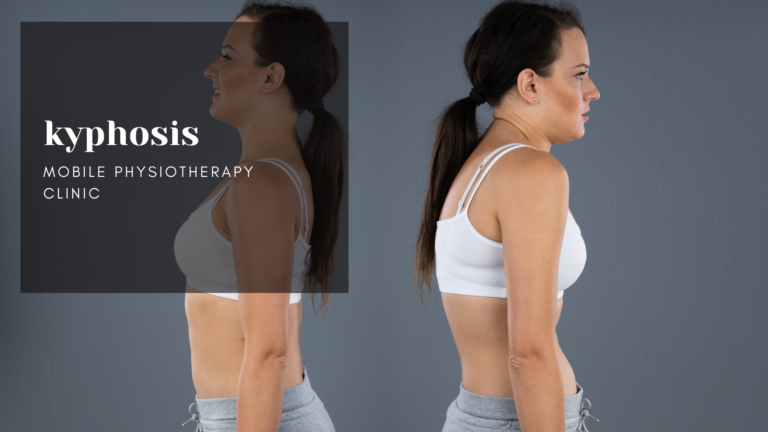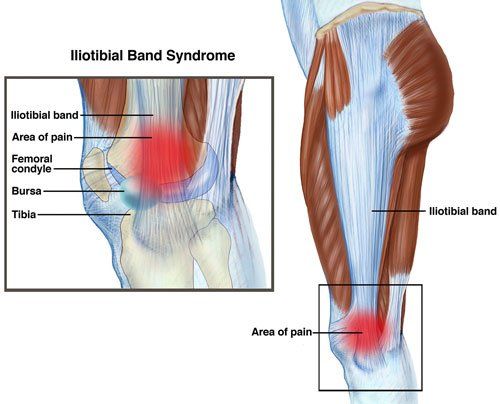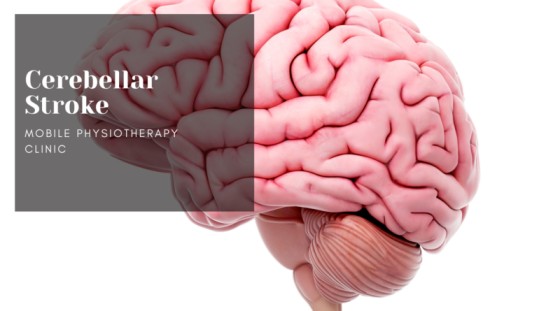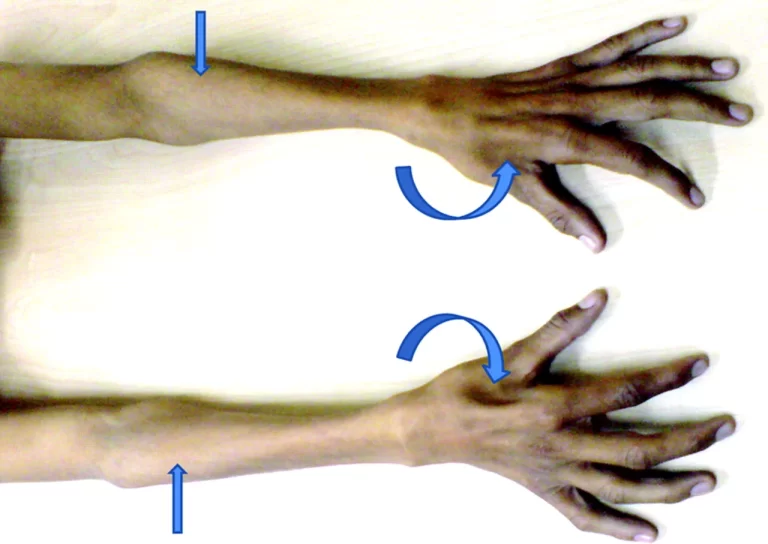Patello-femoral Pain Syndrome: Treatment & Exercise
Introduction of the Patello-femoral pain syndrome Anatomy of the Patello-femoral pain syndrome : Epidemiology /Etiology of the Patello-femoral pain syndrome : Muscular etiologies of the Patello-femoral pain syndrome : NO. Etiology Pathophysiology 1 Weakness in to the quadriceps It is do the adversely affect on the the PF mechanism. Strengthening is to advice . 2…

